Description
Museum Canvas Giclee Print
Produced on bright white, fine poly-cotton blend, matte canvas using the latest generation giclee technology. The quality of the giclee print rivals traditional silver-halide and gelatin printing processes and is commonly found in museums and art galleries in New York City at the Metropolitan Museum, the Museum of Modern Art, and the Chelsea Galleries. The giclee process involves the spraying of millions of ink droplets onto high quality paper. The smooth transitions of color gradients make giclee prints appear much more realistic than other prints. Although our reproductions come in standard sizes, they can be enlarged as per your requirement. However, please note that the dimensions of the length and breadth of the original will need to be maintained in the same ratio. Changing the ratios would result in either a skewed or cropped reproduction; neither of which are desirable or available.
Fine Art Giclee Print
Produced on high-quality, smooth matt paper (170 gsm) designed for museum-quality reproductions. This beautiful and versatile art paper is particularly suited to giclee reproductions of artworks and paintings. Image reproduction is sharp, crisp and vibrant, with great density and vivid colours.Although our reproductions come in standard sizes, they can be enlarged as per your requirement. However, please note that the dimensions of the length and breadth of the original will need to be maintained in the same ratio. Changing the ratios would result in either a skewed or cropped reproduction; neither of which are desirable or available.
At the Edge of the Pine Forest was one of five paintings Ivan Shishkin exhibited at the 25th Itinerant exhibition in St Petersburg and Moscow between March and May 1897. The painting did not travel beyond Moscow with the rest of the exhibits at the behest of the buyer, Nikolai Dmitrievich Stakheev, a merchant of the first guild and Shishkin’s nephew, who wished to take possession of his purchase immediately after the Moscow leg. From correspondence between uncle and nephew it appears that Nicholas II had originally wanted the painting for his own collection and it was only after the Tsar had had first refusal that Stakheev was able to buy it, a result which delighted Shishkin. (Ivan Ivanovich Shishkin: Perepiska, dnevnik, sovremenniki o khudozhnike, 1978, p.224). Before the outbreak of the First World War Stakheev and his family left Russia for France taking with them what possessions they could, including the present lot. The painting is then thought to have been acquired by the Belgian artist Charles Defreyn in the 1920s.
One of the very last major works Shishkin painted, it forms a pair and counterpoint with his 1878 masterpiece Rye (State Tretyakov Gallery, fig.3) and the earlier work is the key to reading the present lot. The setting for both is the rye fields of Lekarevskoe, at the edge of the pine forest outside Elabuga, which look down over the tightly winding River Kama. Rye was painted from material Shishkin gathered in 1877 while visiting the region with his daughter Lidiya, his only surviving family member following the recent deaths of his wife and two young sons. In this work the two figures in the cart riding towards the viewer on the path cut through the fields are commonly held to be the artist and his daughter. In At the Edge of the Pine Forest, which was painted after what would be the artist’s final trip to the region in 1895, we see the bearded figure of a lone, elderly cart driver, only this time with his back to the viewer, driving along the very same path but in the opposite direction. The viewer appears to be placed in the same spot in the same field; in the earlier work the view is out across the fields and in the present lot down into the valley below. Within this paean to the richness and variety of the Russian landscape the artist has embedded a self-portrait and a sort of artistic summation, placing himself in the land of his birth in his final years.
Irina Shuvalova notes that ‘throughout his whole life he regularly returned to the land of his fathers, from which he seemed to draw creative strength’. In Shishkin’s work the rye field often stands as a symbol for bread, for man’s activity but also his nourishment. The little huts just visible at the edge of the field are the only other sign of human life and activity in this painting but they too are dwarfed by the sheer vastness of the landscape.
Elabuga was a centre of the grain trade in Russia and famed for its wealthy merchants, of whom the Stakheevs were the most famous and successful, exporting their grain as far afield as England, France and Germany. Nikolai Dmitrievich inherited a fortune of some 5 million rubles from the family business which he increased many more times over. This allowed him to build a formidable art collection, including more than one painting by his uncle, despite losing millions more at the tables in Monte Carlo. After the Revolution the Stakheevs’ former residence in Moscow was nationalised along with its contents and when Nikolai Dmitrievich returned in the 1920s in an attempt to retrieve the family silver which had been squirreled away, he was apprehended by the secret police. During Stakheev’s interrogation he is supposed to have reached a deal with Dzerzhinsky that in return for revealing where he had hidden his remaining possessions he would be allowed to leave and would furthermore receive a pension for the remainder of his life, which he did. The satirical novelists Ilf and Petrov got wind of the story and are said to have based the character of Ippolit Matveevich Vorobyaninov in The Twelve Chairs on Stakheev.
By 1897 when the present lot was painted Stakheev had already moved to Moscow from Elabuga and this painting was presumably a hugely symbolic reminder of his family’s origins and both Shishkin and Stakheev’s native soil. That the family took it with them when they emigrated lays testament to its personal as well as artistic importance to the family.

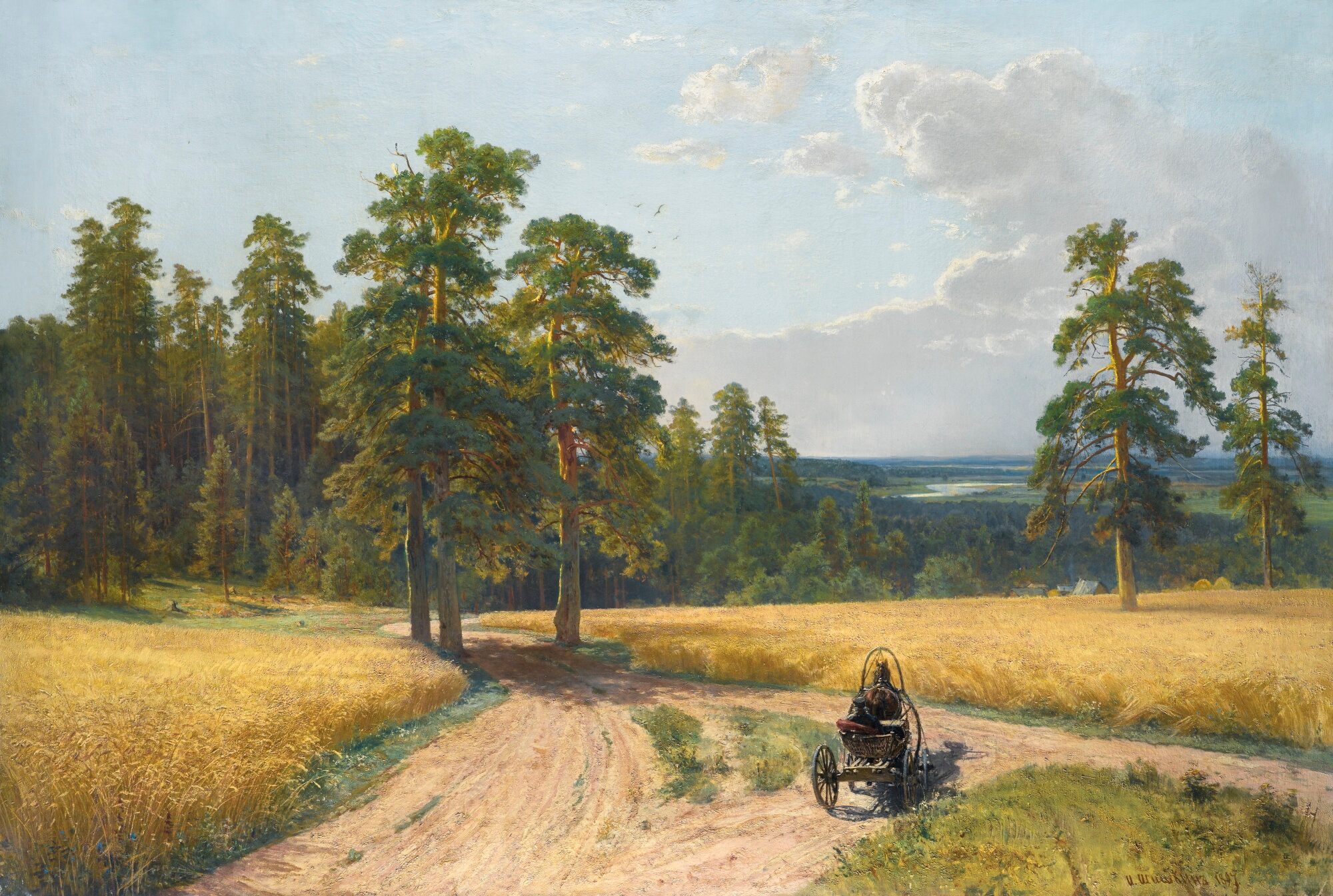
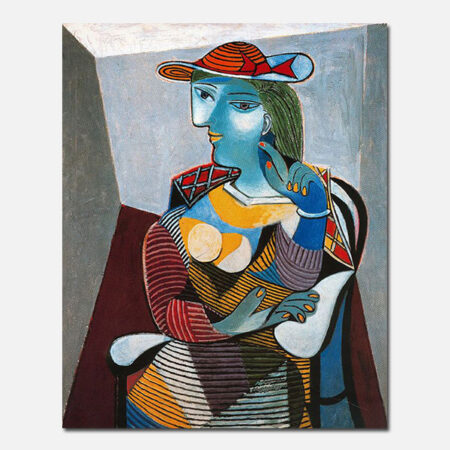
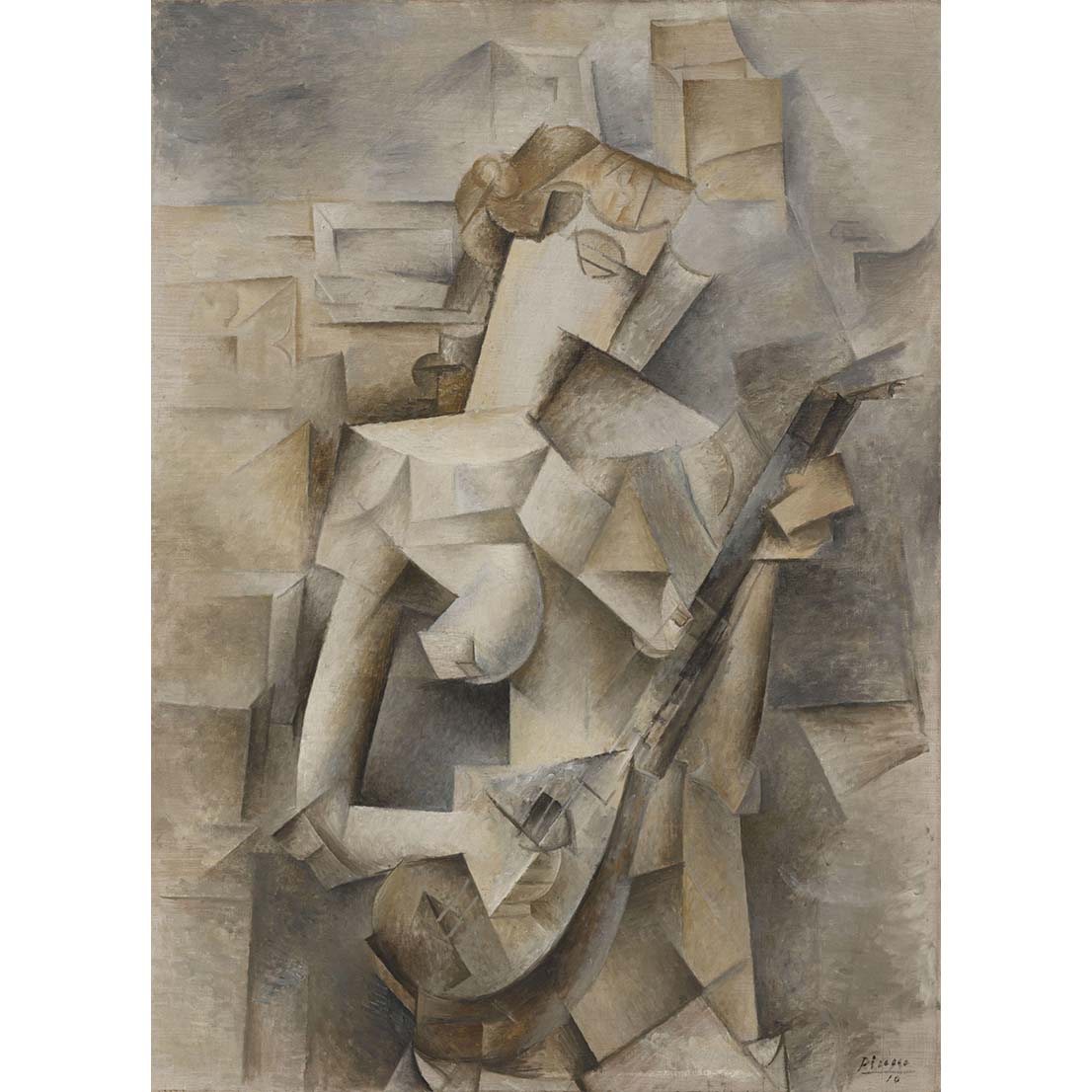
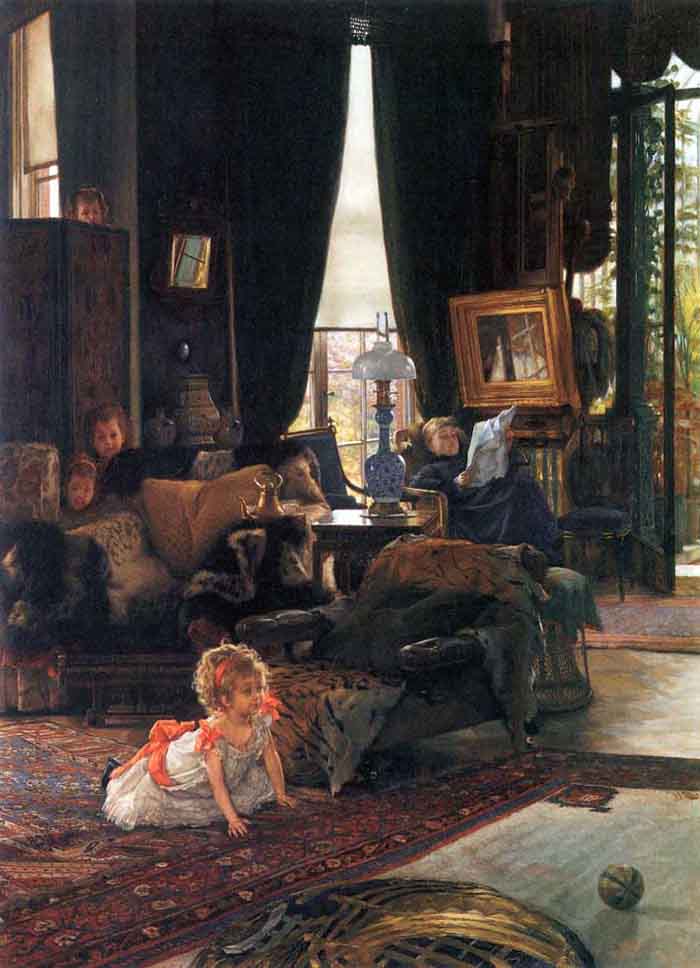
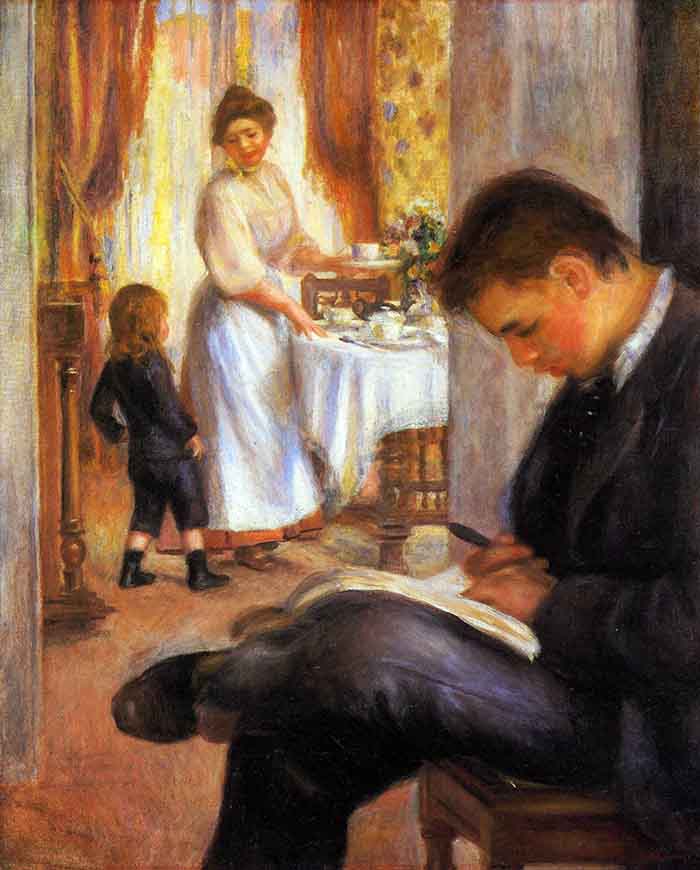
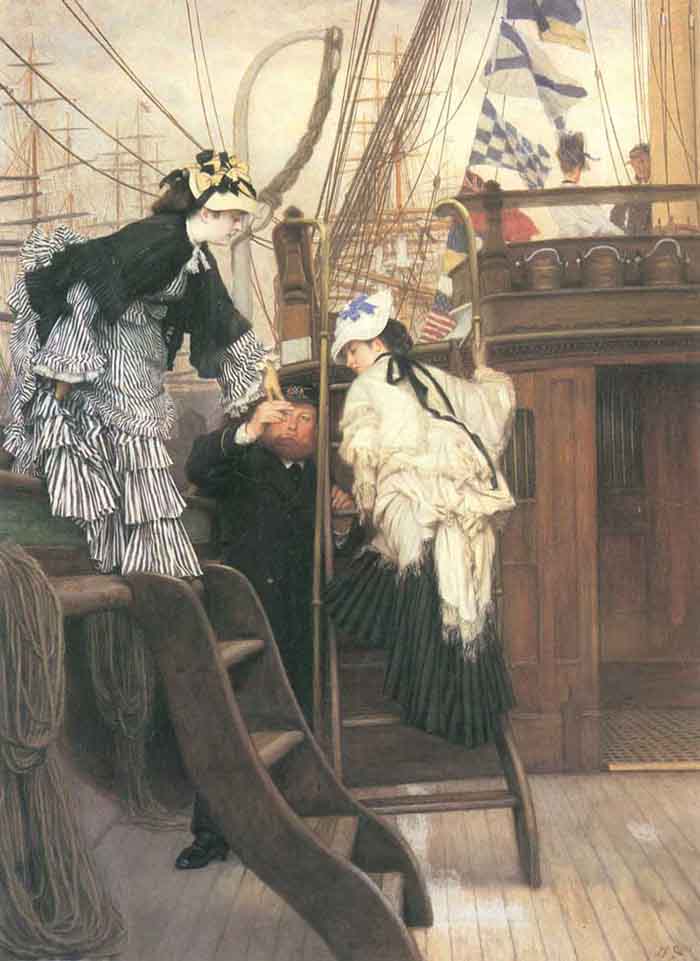
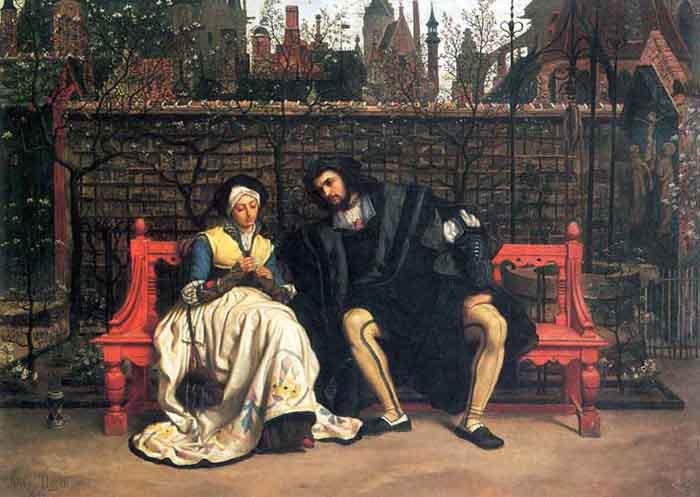
Reviews
There are no reviews yet.